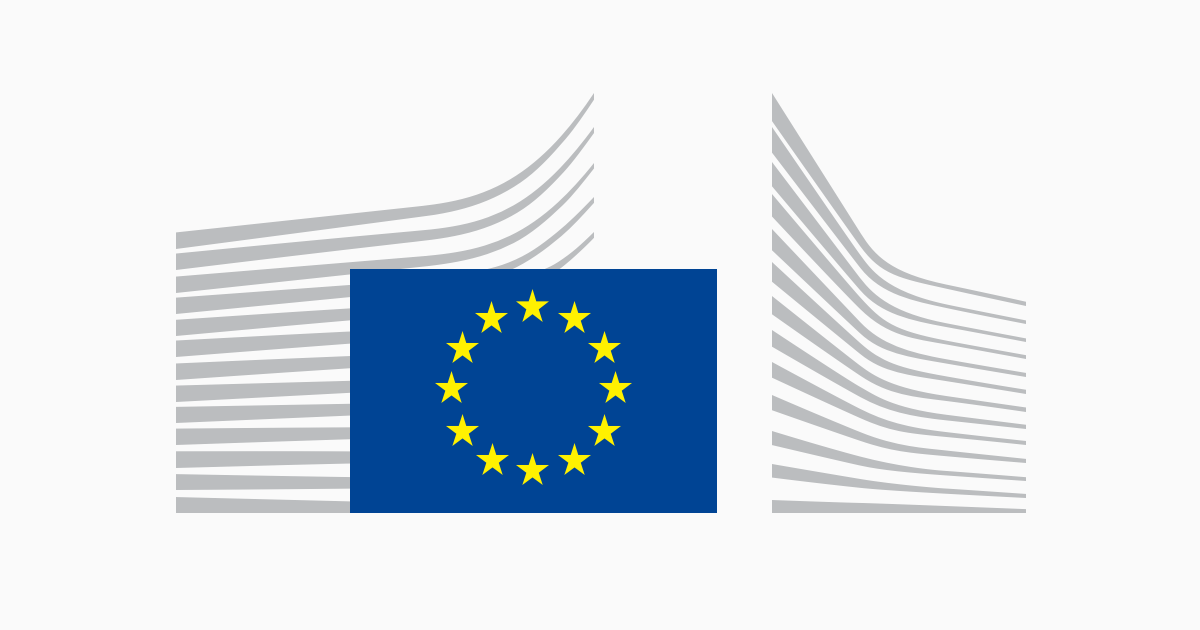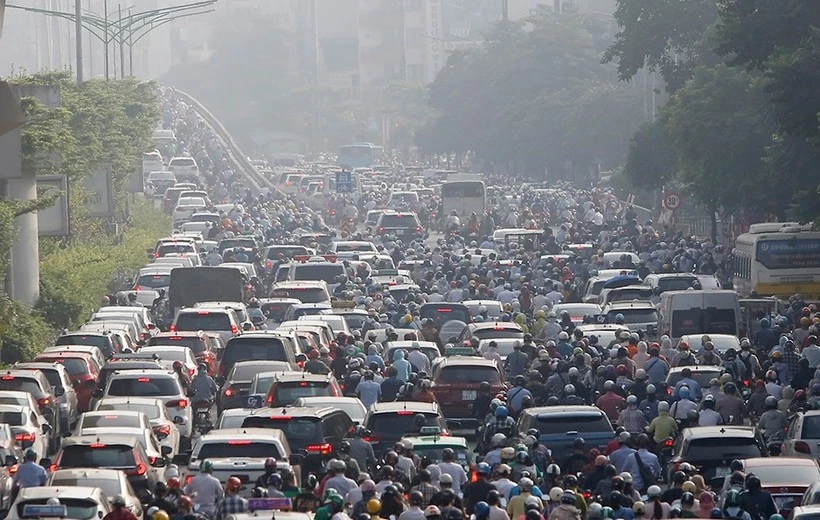Learn what the EU does on sustainable fashion and RESet the Trend – environment.ec.europa.eu

EU Initiative to Combat Greenwashing and Advance Sustainable Development Goals
The Challenge to Responsible Consumption and Production (SDG 12)
A significant barrier to achieving Sustainable Development Goal 12 (SDG 12), which calls for ensuring sustainable consumption and production patterns, is the prevalence of misleading environmental information. A recent assessment highlights the following challenges within the European Union:
- An excess of over 200 sustainability labels are currently in use, creating confusion for consumers.
- A high incidence of unreliable claims and “greenwashing,” where companies provide a false impression of their environmental performance.
- A screening of the textile, garment, and shoe sector indicated that 39% of sustainability claims could be false or deceptive, directly undermining informed consumer choice.
A New Regulatory Framework for Sustainability
In March 2023, the European Union proposed a new directive with common criteria against greenwashing. This initiative is designed to empower consumers and foster a market that rewards genuine environmental performance, directly supporting the targets of SDG 12.
Key Measures and Alignment with SDGs
The proposed measures will create a more transparent and accountable market, contributing to several Sustainable Development Goals:
-
SDG 12: Responsible Consumption and Production: The core of the proposal is to ensure consumers have reliable and verified information to make sustainable choices.
- General environmental claims such as “green” or “eco-friendly” will be banned without substantiation.
- Specific claims, for example, “this T-shirt is made out of 5 recycled plastic bottles,” will only be permitted if supported by solid evidence.
- The initiative will promote credible schemes like the EU Ecolabel, obliging companies to substantiate their environmental claims through a common verification framework.
-
SDG 8: Decent Work and Economic Growth & SDG 9: Industry, Innovation, and Infrastructure: The regulation aims to create a level playing field for businesses.
- It will increase the competitiveness of businesses that genuinely invest in improving the sustainability of their products and processes.
- By eliminating unfair competition from companies making misleading claims, the framework encourages innovation in sustainable industry and promotes fair economic practices.
1. Which SDGs are addressed or connected to the issues highlighted in the article?
SDG 12: Responsible Consumption and Production
- The article’s central theme is combating “greenwashing” and empowering consumers to make sustainable choices, which directly aligns with the goal of ensuring sustainable consumption and production patterns. The EU’s proposal for common criteria against misleading environmental claims aims to regulate how companies communicate their environmental performance, thus influencing both production practices and consumer behavior.
SDG 9: Industry, Innovation, and Infrastructure
- The article mentions that the new measures will “increase the competitiveness of businesses making a genuine effort to improve the sustainability of their products.” This connects to SDG 9 by promoting the adoption of sustainable industrial practices and recognizing innovation in product sustainability. It encourages industries to retrofit their processes to be genuinely “green” rather than just appearing so.
SDG 17: Partnerships for the Goals
- The initiative described is a form of partnership. The European Union, as a governing body, is creating a framework that involves businesses (producers) and civil society (consumers) to achieve a common sustainability objective. This public-private-civil society collaboration is essential for implementing policies that advance sustainable development.
2. What specific targets under those SDGs can be identified based on the article’s content?
SDG 12: Responsible Consumption and Production
- Target 12.6: Encourage companies, especially large and transnational companies, to adopt sustainable practices and to integrate sustainability information into their reporting cycle. The article directly addresses this by stating the EU initiative will “oblige companies to prove their environmental claims” and introduces “common criteria to check these claims,” which is a form of mandatory sustainability reporting.
- Target 12.8: By 2030, ensure that people everywhere have the relevant information and awareness for sustainable development and lifestyles in harmony with nature. The core purpose of the EU proposal is to ensure Europeans “will be better informed about the environmental sustainability of products and better protected against false or misleading green claims,” directly contributing to this target.
SDG 9: Industry, Innovation, and Infrastructure
- Target 9.4: By 2030, upgrade infrastructure and retrofit industries to make them sustainable, with increased resource-use efficiency and greater adoption of clean and environmentally sound technologies and industrial processes. By penalizing misleading claims and rewarding genuine efforts, the policy incentivizes companies to invest in truly sustainable processes and materials, such as the example of a T-shirt made from recycled plastic bottles, provided “there is solid evidence to support the claim.”
3. Are there any indicators mentioned or implied in the article that can be used to measure progress towards the identified targets?
Indicators for SDG 12 Targets
- Implied Indicator for Target 12.6: The article implies the need to track the number or percentage of companies that substantiate their environmental claims according to the new common criteria. Progress would be measured by an increase in companies providing verifiable proof for claims like “this T-shirt is made out of 5 recycled plastic bottles.”
- Implied Indicators for Target 12.8: The article provides a baseline for measurement. It states there are “more than 200 sustainability labels in use” and a screening found “39% of such claims could be false or deceptive.” Progress could be measured by:
- A reduction in the number of unreliable sustainability labels in the EU market.
- A decrease in the percentage of environmental claims found to be false or deceptive.
- An increase in the use and recognition of reliable labels, such as the EU Ecolabel.
Indicators for SDG 9 Targets
- Implied Indicator for Target 9.4: While not a formal indicator, progress could be gauged by tracking the market share of products with verified, reliable ecolabels versus those with general, unsubstantiated claims like “green” or “eco-friendly,” which will be banned. An increase in the former would indicate a shift towards more sustainable industrial output.
4. Create a table with three columns titled ‘SDGs, Targets and Indicators” to present the findings from analyzing the article.
| SDGs | Targets | Indicators (Mentioned or Implied in the Article) |
|---|---|---|
| SDG 12: Responsible Consumption and Production | 12.6: Encourage companies to adopt sustainable practices and integrate sustainability information into their reporting. |
|
| 12.8: Ensure people have relevant information and awareness for sustainable development. |
|
|
| SDG 9: Industry, Innovation, and Infrastructure | 9.4: Upgrade industries to make them sustainable and increase adoption of clean and environmentally sound technologies. |
|
| SDG 17: Partnerships for the Goals | 17.17: Encourage and promote effective public, public-private and civil society partnerships. |
|
Source: environment.ec.europa.eu
What is Your Reaction?
 Like
0
Like
0
 Dislike
0
Dislike
0
 Love
0
Love
0
 Funny
0
Funny
0
 Angry
0
Angry
0
 Sad
0
Sad
0
 Wow
0
Wow
0
















































:focal(1500,1000)/https://media.globalcitizen.org/a6/9a/a69a4720-d8a1-4715-b596-18738d03c05c/rotary_polio_hero_image.jpg?#)







/countries/sri-lanka/photo-credit---dmc-sri-lanka.tmb-1200v.jpg?sfvrsn=dc298bcc_1#)


















